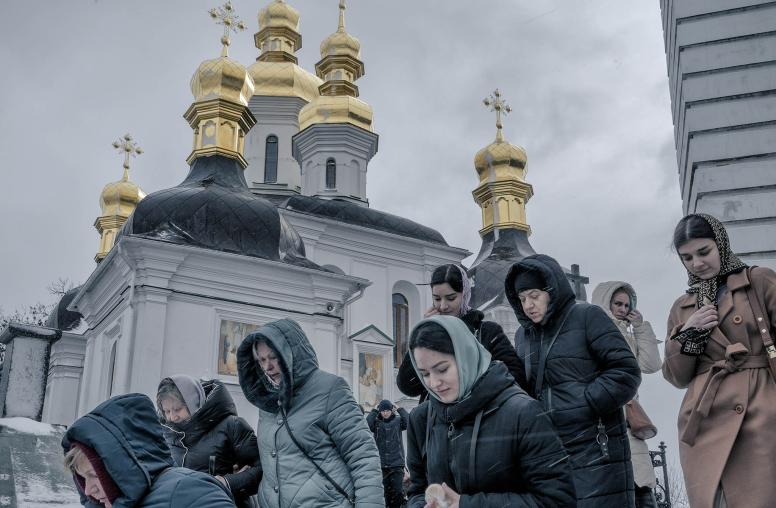The Ukraine-Russia Conflict
Signals and Scenarios for the Broader Region
Russia’s annexation of Crimea and its military operations in Eastern Ukraine have overturned the post–Cold War norms that had provided stability and development for the former Soviet countries bordering Russia. As neighboring countries assess their own security situation based on Russia’s aggressive practices in Ukraine and the West’s response, they are actively testing the new contours of Russian and Western engagement, regional alliances and relationships, and regional conflict dynamics.
These stress tests are risky and could ignite further violence. To understand these newly emerging dynamics, the U.S. Institute of Peace led a scenario analysis, taking a medium-term, regional outlook to identify the forces and factors propelling the potential for further conflict. This analysis yielded a set of compelling narratives that provide a structure for understanding conflict dynamics in the broader region.
Summary
- Russia’s annexation of Crimea and the military operations in eastern Ukraine have overturned the post–Cold War norms that provided stability and development for the former Soviet—now sovereign—countries bordering Russia.
- Neighboring countries are recalculating their security and foreign policies through the lens of Ukraine, assessing their own security and conflict dynamics based on Russia’s newly aggressive policies and practices in Ukraine and the West’s response.
- To understand these newly emerging trends and dynamics, the U.S. Institute of Peace (USIP) led a scenario analysis, taking a medium-term, regional outlook to identify the forces and factors propelling the potential for further conflict. This analysis yielded a set of compelling narratives that provide a useful structure for understanding emerging conflict dynamics in this region.
- Ukraine has become a signal case, with the conflict there leading to reactions throughout the countries on Russia’s border.
- Countries in the region are actively testing the new contours of Russian and Western engagement, regional alliances and relationships, and regional conflict dynamics. In the context of the regions’ frozen conflicts, these stress tests are risky and could ignite further violence.
- The Georgia-Russia war in 2008 and the annexation of Crimea are emblematic conflicts and demonstrate a strategic pattern to Putin’s interventions. This archetypal constellation of factors—a destabilizing conflict that halts democratic consolidation, the presence of an ethnic Russian population to justify intervention, strategic geopolitical location—has implications for other vulnerable areas along the periphery, such as Transdniester and western Kazakhstan.
About the Report
As the Ukraine crisis escalated, staff at the U.S. Institute of Peace (USIP) with experience in the region mobilized for a comprehensive conflict analysis with the aim of identifying plausible conflict scenarios and the forces and factors that propel them, ultimately pinpointing potential approaches that might prevent, mitigate, or resolve violent conflicts in the regions neighboring Russia. Using scenario analysis, facilitated by Alan Schwartz, Policy Futures, LLC, this report provides a framework for understanding emerging conflict dynamics in post-Soviet countries and identifies conflict prevention and mitigation opportunities.
About the Authors
Dr. Lauren Van Metre is a director in USIP’s Center for Applied Research on Conflict, which conducts evidence-based research to improve practice in conflict-affected countries. She holds a PhD in Russian Studies and has spent significant time working in St. Petersburg and conducting research throughout Russia’s regions. Viola Gienger is a senior writer for USIP, reporting and writing on issues related to the Institute’s work in the United States and abroad. A career journalist, she previously covered foreign policy and national security for Bloomberg News and earlier spent seven years in Eastern Europe and the former Soviet Union training and consulting for independent media. Dr. Kathleen Kuehnast is director of the Center for Gender and Peacebuilding at USIP, which focuses on the gendered effects of conflict and postconflict transition on both men and women. Her regional expertise is Central Asia, where she has written extensively on the impact of the post-Soviet transition on Muslim women. Garret Mitchell, an MA student at George Washington University, focusing his studies on Russia, contributed to this report.



